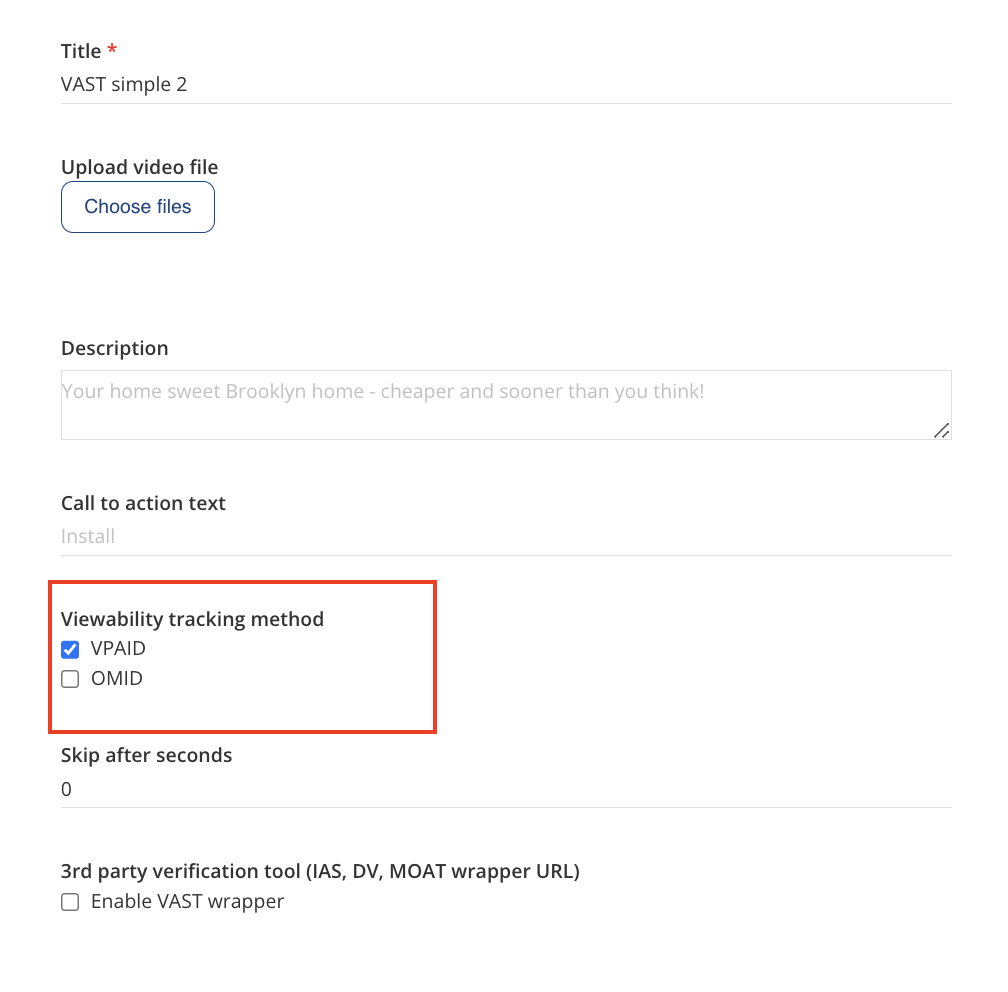A Comprehensive Guide to VPAID
Introduction
In the dynamic world of online advertising, there are various technologies and standards designed to enhance the delivery and measurement of video ads. TwoOne important standardsstandard in this realm areis VPAID (Video Player Ad-Serving Interface Definition) and OMID (Open Measurement Interface Definition). This manual article aims to provide a comprehensive understanding of VPAID and OMID,VPAID, exploring theirits purposes,purpose, applications, key differences,applications and the challenges theyit face in the market.
Understanding VPAID
VPAID, or Video Player Ad-Serving Interface Definition, is a standard that allowsenables seamless communication between video players and ad unitsunits, toenhancing communicatethe withinteractivity eachand other.measurement Itcapabilities enablesof video ads. Alongside facilitating interactive rich media experiences withinlike clickable overlays and interactive games, VPAID also plays a crucial role in video viewability tracking.
With VPAID, advertisers and publishers can track the visibility and engagement of their video ads by providingintegrating aJavaScript standardizedcode APIwithin (Application Programming Interface) for communication. VPAID defines how videothe ad unitsunit. shouldThis behavecode captures visibility-related events and communicatecommunicates withthem to the video player, facilitatingallowing for the deliverymeasurement of interactiveviewability elementsmetrics such as clickablefull overlays,view, interactivepartial games,view, and surveys.non-view. By leveraging VPAID's standardised API for video viewability tracking, advertisers gain insights into viewable impressions and viewability rates, enabling them to optimise their campaigns for maximum ad visibility and effectiveness.
How it is used
VideoVPAID is widely used by video publishers and advertisers implement VPAID within video ad units to enable interactive features andfeatures, track user engagement.engagement, and measure video viewability. By integrating VPAID-enabledcompliant ad unitsunits, advertisers can incorporate video viewability tracking capabilities into their campaigns. This allows advertisers to and optimise their campaigns for enhanced ad visibility and effectiveness. Furthermore, publishers can communicateleverage VPAID to offer transparent viewability metrics as a value-added service, promoting trust and accountability in their advertising inventory.
How VPAID is used at Eskimi?
Eskimi, a leading advertising platform, leverages the Google VPAID adapter to enhance their video ad capabilities, particularly when it comes to measuring viewability. By utilizing the Google VPAID adapter, Eskimi seamlessly integrates their video ad-serving technology with the widely used Google IMA SDK (Interactive Media Ads Software Development Kit) which is used by publishers. This integration allows Eskimi to ensure that video player,ads providingserved through their platform are not only interactive experiencesbut also accurately track viewability metrics.
The Google VPAID adapter provides Eskimi with the tools needed to deliver engaging video ads while effectively measuring viewability, giving advertisers and collectingpublishers datathe oninsights userthey interactions,need click-throughto rates,optimise their campaigns for better visibility and more.overall performance. By utilising the power of the Google VPAID adapter, Eskimi enables advertisers to achieve greater transparency and accountability in their video ad campaigns, ultimately driving more effective and impactful advertising experiences.
Practical implementations
To enable video viewability tracking advertisers should select VPAID when uploading original VAST video or remote VAST URI ads. See the example below:
Keep in mind that by selecting this tracking method you will only search for ad placements which supports VPAID. Therefore, the traffic may be limited.
Market Challenges
As VPAID relies on a client-side API, it is often associated with slower loading times and potential compatibility issues across various video players and devices. Additionally, VPAID's lack of support for mobile environments and non-JavaScript environments poses challenges for cross-device and cross-platform campaigns.

